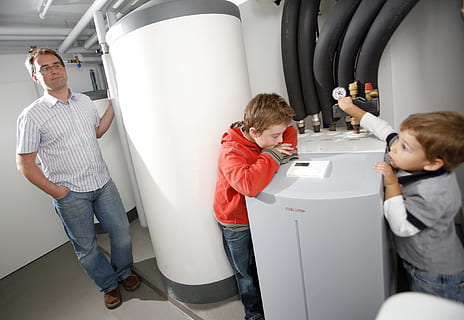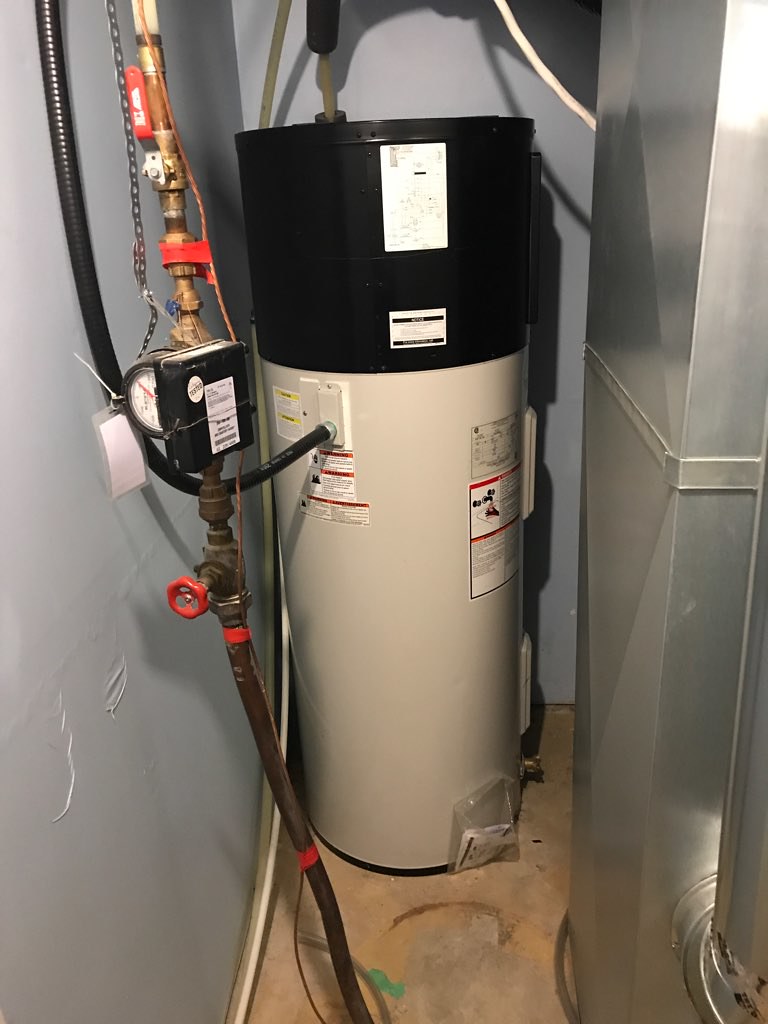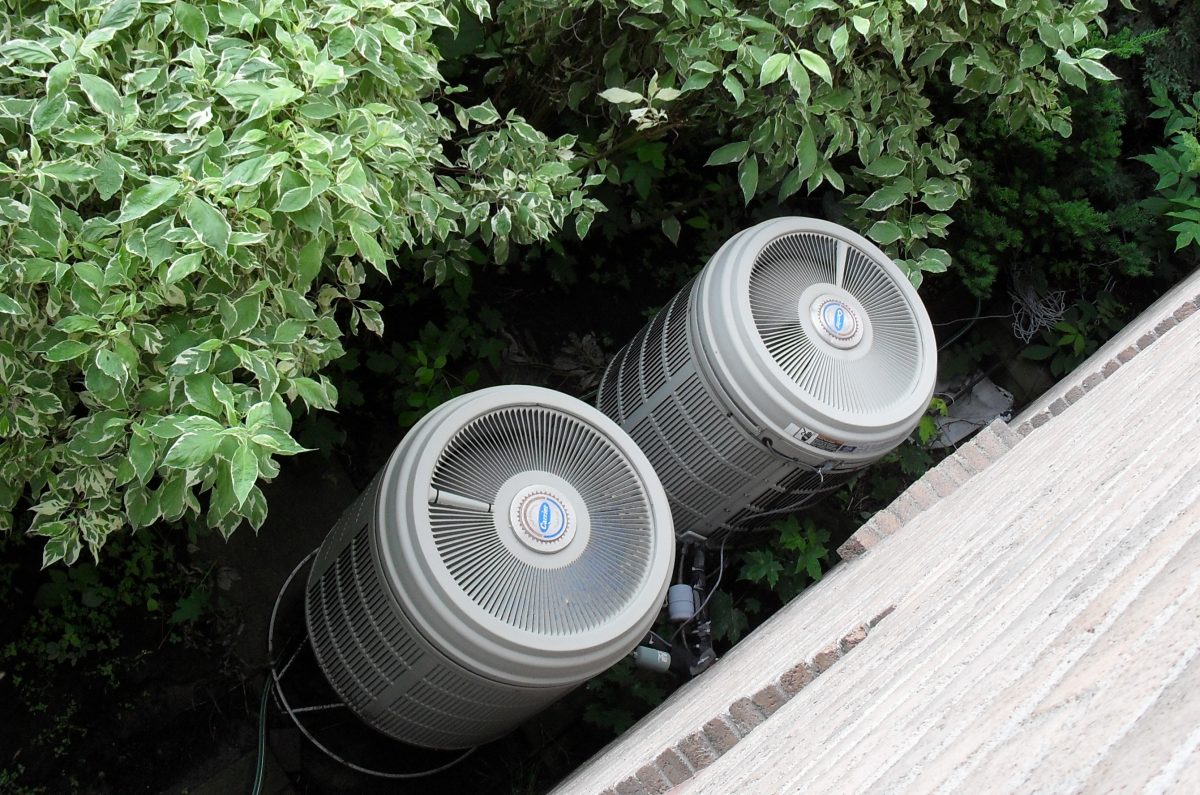Summary
– Point of bivalence: CAP limit
– Monovalent mode: in priority for water/water heat pumps
– Bivalent mode: preferred in renovation
– Installation of a boiler in addition to a heat pump
Does your heat pump have to cover all your heating needs? Some heat pumps alone cover 100% of a household’s heating needs. Others operate with an alternative or supplementary heating. It’s up to each person to find the optimal solution for their situation, needs, and budget.
Here are the different alternatives that can be proposed to you. They correspond to different modes of operation.
Point of bivalence: CAP limit
To understand what follows, it is interesting to know the concept of the bivalence point: this is the temperature at which the heat pump alone is no longer sufficient. Supplementary or additional heating is then necessary:
– In general, the bivalence point is between 0 °C and -5 °C.
The bivalence point lies at the straight line’s intersection representing the heat demand determined by a heat balance and the manufacturer’s heat pump’s performance curve.
Monovalent mode: priority for water-to-water heat pumps
Principle of the monovalent mode
In this mode, the heat pump operates alone up to the point of bivalence. Beyond this point, the resistors are switched on while the heat pump continues to operate:
– The heat pump is dimensioned to cover 100% of the demand up to a certain outdoor temperature.
The aim is for the heat pump to cover at least 80% of the home’s total heat demand.

– The missing 20 % is provided by an electric supplement, consisting of electric resistors that are integrated with a hydraulic kit:
◦ As electric resistors are reserved for the coldest temperatures, they must only operate minimally (as they are large consumers of electricity).
◦ The resistors can also be used to maintain the water temperature during heat pump defrosting periods.
This mode is also called “mono energy”: the heat pump operates without a separate alternative heating mode (no boiler or stove).
Good to know: this system allows you to save money when you buy it by investing in less powerful equipment, knowing that you will have to use an energy-consuming electric resistance for the coldest days of the year.
When to choose the monovalent mode?

This type of operation is generally reserved for low-temperature heating in mild regions.
This heating mode is especially recommended for new homes with good insulation and a low-temperature underfloor heating system.
It is particularly adapted to heat pumps:
– aquathermics (which use water);
– geothermal (which uses heat from the ground).
Bivalent mode: preferred in renovation
In this mode of operation, the heat pump covers between 50 and 60% of the heating requirements, while an alternative heating source supplies the rest (e.g., a gas or oil boiler, pellet stove, etc.).
This system is mainly used in renovations, as the old heating method can be retained.
Alternative bivalent mode
In the event of extreme cold and a sharp drop in outside temperature, the heat pump is switched off, and an auxiliary heating system takes over:
– The trick in this system is to disconnect the power supply from the resistor included in the heat pump and connect this power supply to the boiler (or alternative heating source) ignition.
– It is then the boiler that performs this role at a lower cost.
The alternative bivalent model is well suited to renovations with old installations and radiators.
Parallel bivalent mode
Here, the heat pump works in conjunction with a heat generator (e.g., oil or gas boiler) and systems where the water’s flow temperature does not exceed 60°C.
This type of operation is recommended when renovating an existing heating system (low-temperature radiator).
Installation of a boiler in addition to a heat pump
This installation can be quite justified. To understand the interest that this type of installation can have, it is necessary to consider, not the initial investment, but the overall cost of an installation that includes :
– the initial investment;
– the operating costs;
– the cost of fuel over the years.
Monovalent and monoenergetic modes consume little energy when the climate is mild. However, when it is colder, the use of electrical resistance is necessary.
It is important to know that the electrical consumption of electrical resistors can be significant. Therefore, you can justify the extra cost of a boiler investment by considering the “lower” cost of gas than electricity.

